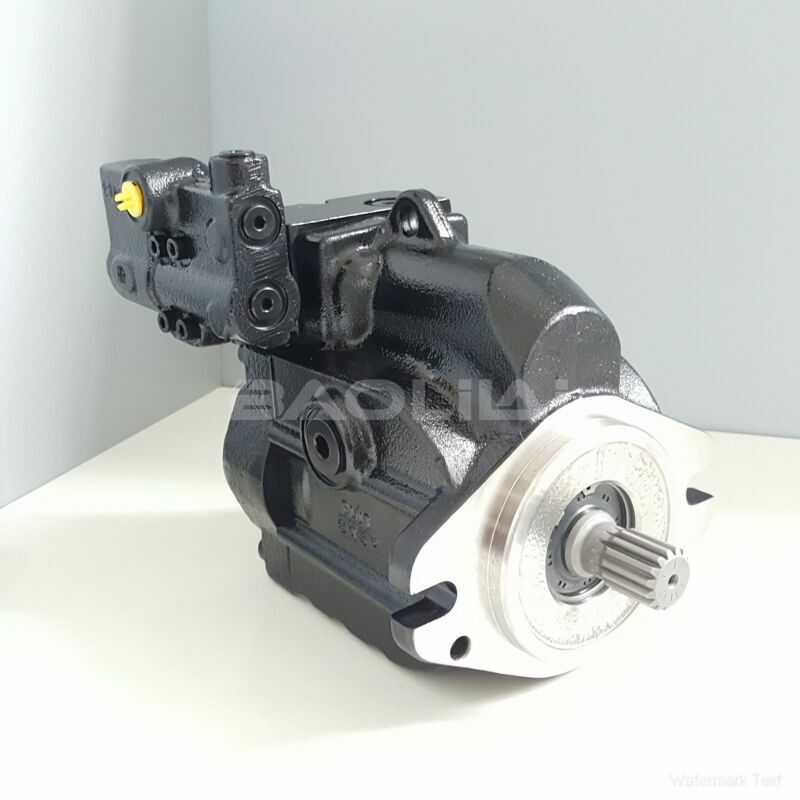KRR045DLS1020NNN3C3AGA6NPLBNNNNNN hydraulic pump
KRR045DLS1020NNN3C3AGA6NPLBNNNNNN hydraulic pump

- Product Details
- Applicable Scene
Air pollution remains a significant challenge worldwide, with industries continuously seeking efficient solutions to minimize their environmental impact. One of the crucial components in modern air pollution scrubbing systems is the hydraulic oil pump. These pumps not only facilitate the operation of scrubbing mechanisms but also play a vital role in ensuring system efficiency and reliability. This article explores the essential considerations when designing hydraulic oil pumps for air pollution scrubbing systems.
KR-R-045D-LS-10-20-NN-N-3-C3AG-A6N-PLB-NNN-NNN
KRR045DLS1020NNN3C3AGA6NPLBNNNNNN
Efficiency and Performance

11000835
When designing hydraulic oil pumps for scrubbing systems, efficiency is paramount. The pump must efficiently transfer hydraulic fluid to operate various components of the scrubbing system, including scrubber tanks and mist eliminators. Selecting the appropriate pump type—be it gear, piston, or diaphragm—depends on the specific requirements of the scrubbing system, such as flow rate, pressure, and viscosity of the hydraulic fluid.
Designing for the Environment
Given the increasing emphasis on reducing ecological footprints, the design of hydraulic oil pumps must also account for environmental factors. Materials used should be resistant to corrosion and degradation from exposure to chemicals, ensuring longevity and minimal maintenance. Additionally, pumps should be designed to promote energy efficiency, which not only reduces operational costs but also decreases the carbon footprint of the scrubbing system.
Operational Reliability
Reliability in harsh industrial environments is critical. The hydraulic oil pump should be designed for durability and consistent performance under varying temperatures and pressures. Incorporating features such as overload protection, filtration systems to prevent contamination, and monitoring sensors to detect failures can enhance the operational reliability of the pump and, consequently, the scrubbing system.
Adaptability and Scalability
Air pollution scrubbing systems are not one-size-fits-all; they vary significantly based on the specific pollutants they are designed to eliminate. Therefore, hydraulic oil pumps must be adaptable to accommodate different scrubbing technologies and scaling needs. Designing modular pumps allows for easy upgrades or modifications to handle increased capacities as regulations change or production processes evolve.
Integration with Control Systems
Modern air pollution scrubbing systems often employ sophisticated control systems for real-time monitoring and management. Hydraulic oil pumps must be designed to integrate seamlessly with these systems, providing accurate feedback on performance metrics such as flow rate and pressure. This data is vital for optimizing the scrubbing process, ensuring compliance with environmental regulations, and minimizing operational costs.
Conclusion





